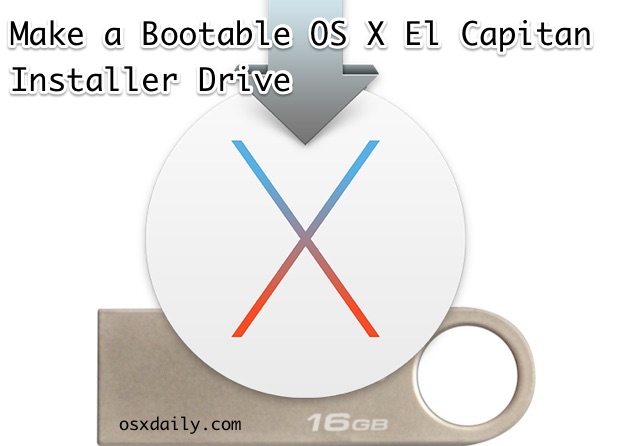I’m trying to sell a 2009 MacbookPro. It’s the model MacbookPro5.5 and Apple supports macOS El Capitan 10.11 as latest available version.
I’ve wiped all data from the installed SSD and had to boot from an external disk. Now I’ve got two problems:
It installs an app named Install Version Name. Open that app from your Applications folder to begin installing the operating system. MacOS Sierra 10.12 can upgrade El Capitan, Yosemite, Mavericks, Mountain Lion, or Lion; OS X El Capitan 10.11 can upgrade Yosemite, Mavericks, Mountain Lion, Lion, or Snow Leopard. Autocad open pcb file. Some apps are not compatible with EL Capitan and to avoid potential problems, you should check each app and see if there is a newer version. For Mac Store apps, open the Store app and select the Update tab. Install any updates you may find. Go to the OS X 10.11 El Capitan download page to get it. Open the System Preferences menu and select Software Update. Or, launch the App Store application and find macOS Catalina either from the Featured tab (⌘ + 1) or by visiting Apple’s Catalina download page (public release not yet available until October).
- I’ve only got a Mac with Big Sur and Apple Silicon. I cannot use the package installer from the download provided by Apple to create the installer App for El Capitan. However, I need access to the installer so that I’m able to use the createinstallmedia command.
- The 2009 MacbookPro is already wiped and has only access to the recovery mode. You cannot execute the package installer in Recovery Mode to extract the media.
Luckily I’ve found this blog post from Chris Warrick who explained how to extract the installer App from the package:

- Attach an external Disk which contains the downloaded pkg from Apple. You’ll need enough space on that Disk to extract the pkg and it needs to be writeable
- Open the Terminal from inside the Recovery Mode
- Go to the mounted volume
- Extract the package:
Now we can try to create the install media from the installer app. Make sure you’ve attach another disk which can be overwritten by the installer. In this example its named „MyBlankUSBDrive“:
The InstallESD.dmg image is missing, which we’ll need to add to the right location:
Now we’ll have a valid installation medium which can be used to start the installer from. You can reboot from that disk and should be able to install El Capitan.
However, I’ve encountered another annoying issue which caused the installer to fail:

El Capitan Installer cannot be verified
Vlc player mac chromecast. Oh great… On to the next commands you can try from the Terminal inside the Recovery OS: Wineskin mac reddit.
El Capitan Uninstall App
installer -pkg /Volumes/Mac OS X Install DVD/Packages/OSInstall.mpkg -target /Volumes/'XXX'where XXX is the name of the disk you’re installing to.- Wait for the installation to say it’s complete. You will not see any sort of progress display.
Os X El Capitan Installer Application

Download El Capitan Without App Store
Great, you’ve got El Capitan installed! Apple had some issues with certificates and people found a way to either use the above commands for installation or you’ll have to tinker with your Macs time settings so that the signature is valid again. I would have expected that Apple resigned all installers so I wouldn’t have to use these commands at all but doesn’t look like they did.